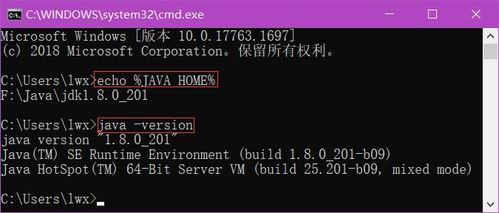Understanding the Difference Between GUI Programming and Computer Programming
Introduction
GUI (Graphical User Interface) programming and computer programming are both essential components of software development, yet they serve distinct purposes and involve different approaches. This article aims to elucidate the disparities between GUI programming and computer programming, highlighting their unique characteristics, applications, and skill sets required.
GUI Programming
Definition
: GUI programming focuses on creating interfaces that allow users to interact with software applications through graphical elements such as windows, buttons, menus, and icons.
Key Characteristics
:
1.
Visual Representation
: GUI programming prioritizes visual elements to enhance user experience and facilitate interaction with software.
2.
EventDriven
: GUI programs respond to user actions or events, such as clicking a button or typing text into a field, triggering specific actions or behaviors.
3.
ComponentBased
: GUI applications are typically built using predefined graphical components or widgets, which developers can arrange and customize to create the desired interface.
4.
CrossPlatform Compatibility
: GUI frameworks often support multiple platforms, enabling developers to create applications that run seamlessly on various operating systems.
5.
Design Focus
: GUI programming places emphasis on aesthetics, usability, and user experience design to ensure intuitive and visually appealing interfaces.
Applications
:
1.
Desktop Applications
: GUI programming is commonly used to develop desktop applications for tasks such as word processing, graphic design, and multimedia editing.
2.
Mobile Applications
: GUI frameworks are employed in mobile app development to create intuitive user interfaces for smartphones and tablets.
3.
Web Applications
: While web development primarily involves HTML, CSS, and JavaScript, GUI frameworks like React and Vue.js are utilized to build interactive web interfaces.
4.
Embedded Systems
: GUI programming is also applied in embedded systems to develop interfaces for devices such as ATMs, pointofsale terminals, and industrial control systems.
Skills Required
:
1. Proficiency in a GUI framework/library such as Tkinter (Python), JavaFX (Java), or WinForms (C).
2. Understanding of eventdriven programming concepts.
3. Knowledge of user interface design principles.
4. Familiarity with graphics programming (optional).
Computer Programming
Definition
: Computer programming encompasses the creation, testing, and maintenance of software applications or systems through writing and executing code instructions.
Key Characteristics
:
1.
Algorithmic Logic
: Computer programming involves designing algorithms and logical sequences to solve problems or perform specific tasks.
2.
TextBased
: Unlike GUI programming, which relies on graphical elements, computer programming predominantly utilizes textual code written in programming languages.
3.
Functional and Procedural
: Programs can be structured using procedural or functional paradigms, depending on the language and requirements.
4.
Abstraction and Modularity
: Computer programs are often organized into modules or functions, promoting code reusability and maintainability.
5.
Performance Optimization
: Computer programmers optimize code for efficiency, considering factors such as speed, memory usage, and scalability.
Applications
:

1.
System Software
: Computer programming is integral to developing system software such as operating systems, device drivers, and utilities.
2.
Application Software
: It is used in creating a wide range of applications, including database management systems, office suites, and video games.
3.
Web Development
: Backend web development involves serverside programming languages like Python, PHP, or Node.js to handle server logic and data processing.
4.
Data Science and AI
: Computer programming is essential in data analysis, machine learning, and artificial intelligence for implementing algorithms and models.
Skills Required
:
1. Proficiency in one or more programming languages such as Python, Java, C , or JavaScript.
2. Strong problemsolving and algorithmic thinking abilities.
3. Understanding of data structures and algorithms.
4. Knowledge of software development methodologies and best practices.
5. Familiarity with version control systems and debugging tools.
Conclusion
In summary, while both GUI programming and computer programming are fundamental aspects of software development, they serve distinct purposes and require different skill sets. GUI programming focuses on creating graphical interfaces for user interaction, emphasizing visual design and eventdriven programming. On the other hand, computer programming involves writing code to solve problems, build applications, and optimize system performance. Mastery of both disciplines equips developers with a comprehensive skill set to tackle diverse software development challenges effectively.
文章已关闭评论!
